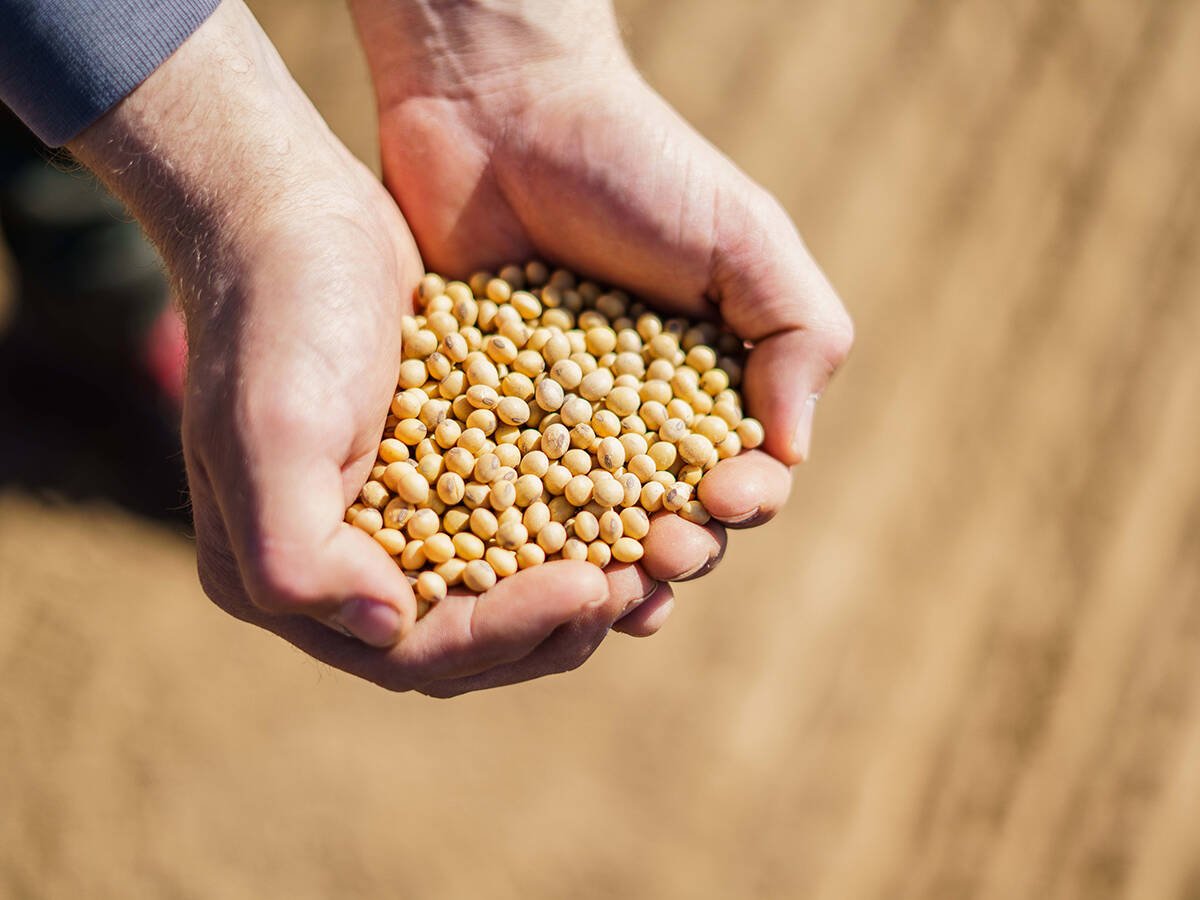Moving western Canada’s grain to market is always a challenge but moving this year’s crop could be more challenging than normal, thanks to variable yields across the West and the quality of grain that’s likely to be harvested.
“It’s going to be a more difficult marketing year because of the different quality pockets that exist out there,” said Wade Sobkowich, executive director of the Western Grain Elevators Association.
“On one hand, we’ll have less volume than we had last year but on the other hand, we are expecting a wider array of quality parameters so that will make receiving the grain and blending to meet customer specs more challenging.”
Read Also

U.S. government investigates high input costs
The USDA and DOJ are investigating high input costs, but nothing is happening in Canada.
Although the 2015 harvest is still continuing, concerns are emerging about the variable quality.
Rain delayed harvest operations in many areas during late August. In some cases, grain quality was affected as a result.
Yield forecasts are also highly variable from region to region, with much of western Saskatchewan and Alberta expecting below average yields and lower quality due to drought and late emergence.
For shippers, it is expected that more effort will be dedicated this year toward sourcing and aggregating grain from specific areas and blending to meet customer specifications, said Sobkowich.
Lower yield expectations in Alberta and western Saskatchewan could also mean that more grain from eastern Saskatchewan and Manitoba will be transported west, to port facilities in Vancouver.
Under normal circumstances, top quality grain from Alberta and western Saskatchewan comprises most of the grain that is moved through Vancouver.
But with fewer tonnes likely to be produced in the western Prairies, greater volumes of eastern grain may be transported to the West Coast.
As of Aug. 26, less than a quarter of Western Canada’s total acres had been harvested.
Daryl Beswitherick, national manager of quality assurance at the Canadian Grain Commission (CGC), said it is still far too early to make definitive statements about crop quality.
As of mid last week, the CGC’s harvest sample program had received about 300 grain samples, or roughly three percent of the total expected.
In a normal year, the program receives around 10,000 samples.
“It’s not in the bin yet but the stuff that has been combined is looking good.”
Beswitherick said he is aware of concerns over lower-than normal yields in Alberta as well as downgrading factors across much of the West, including those caused by late August rains.
However, early samples submitted to the CGC point to excellent quality in amber durum and spring wheat, with few degrading factors and higher-than-average protein levels.
Early CWAD samples show protein levels ranging from 13 to 17 percent.
Spring wheat samples from Manitoba also suggest an excellent crop with low fusarium damage and protein routinely in the range of 14 percent or higher.
“The stuff coming out of Manitoba right now looks really good,” he said. “Lots of No. 1s … and lots of really nice looking wheat with low fusarium damage.”
Beswitherick said the earliest samples submitted are usually the best.
Officials from Canada’s two major railway companies say they are well positioned to move the 2015 harvest, regardless of how it is sourced or where it is shipped.
Officials with Canadian National Railway acknowledged the company stored some locomotives and laid off some employees earlier this year but expects to call back some laid-off employees when Canadian grain orders pick up.
CN is also offering new programs to western Canadian grain shippers this fall, including a program that allows customers to integrate privately owned cars into CN’s common western grain hopper car fleet and receive an equivalent number of cars on a pre-determined schedule.















